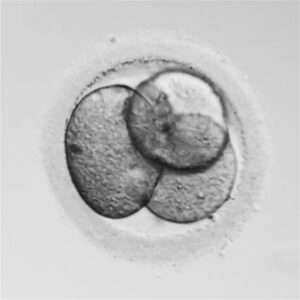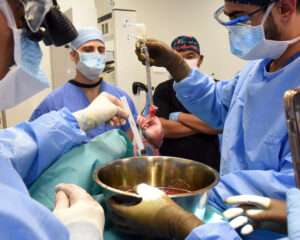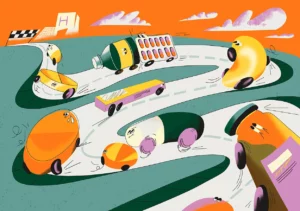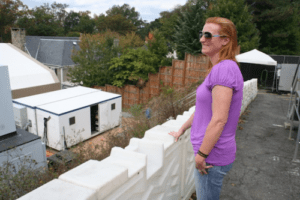
Opinion | Are Embryos Property or People? Even the Courts Don’t Know
OPINION Are Embryos Property? Human Life? Neither? The Embryo Question is a three-part series about the cluster of cells at the crossroads of science, ethics and the law. Read the introduction. Between divorce cases and I.V.F. disputes, the frozen embryos vials like these will




